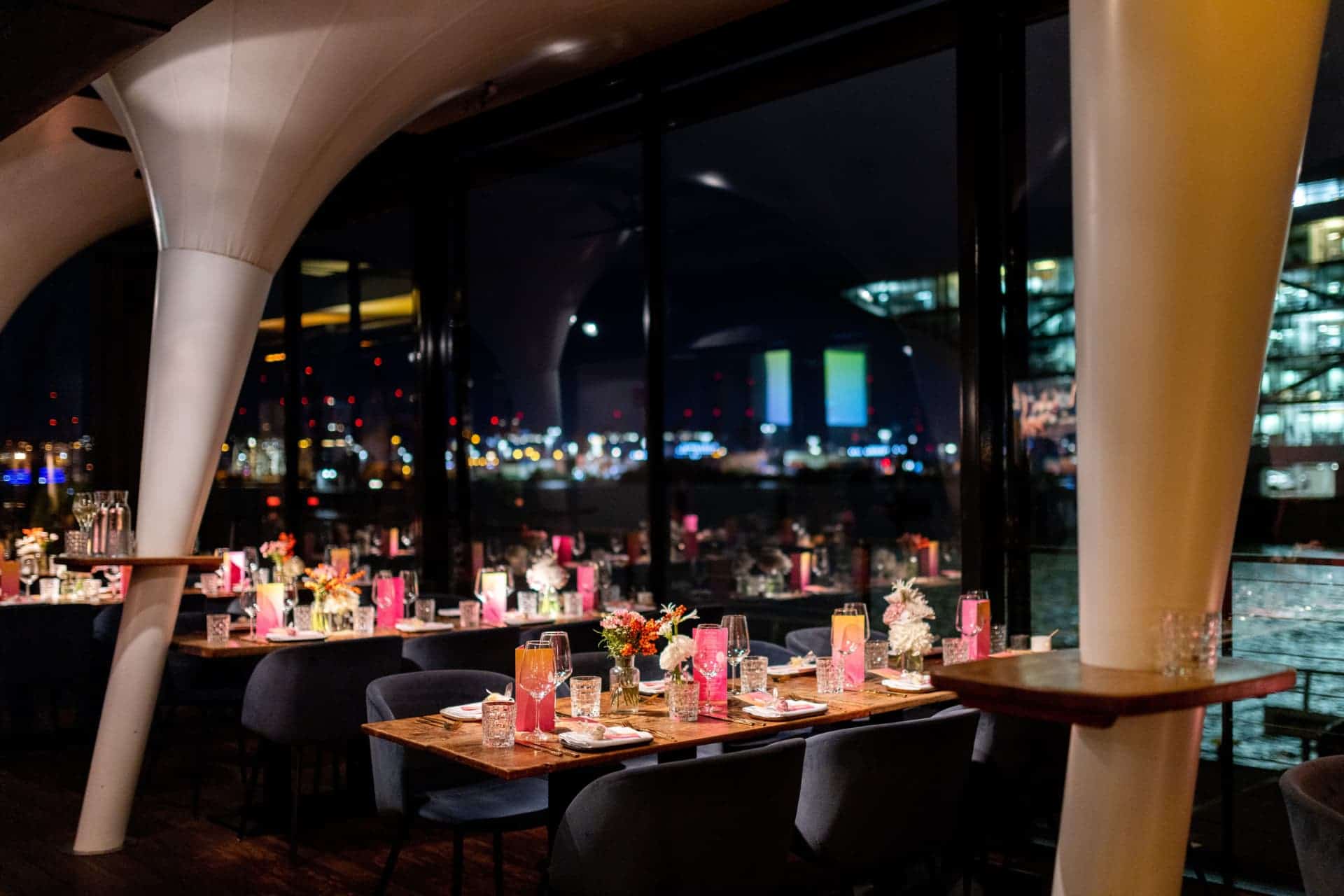How to Write a Restaurant Review

People now trust visual and print information. Before going to a restaurant, a consumer reads a lot of articles about it, watches videos, and reads reviews. And after that, he or she decides whether to go there or not.
But how to interest a reader in your restaurant review? There are rules for how to write a review article. First of all, you need to study the establishment well and remember that the review is a personal opinion. After visiting the restaurant, you need to highlight the main points and write them down in order to focus on them. Each restaurant has both advantages and disadvantages and this should be reflected in the review.
Why You Need to Write a Restaurant Review
A review article is a universal tool. With it, it is much easier to present important news, ideas, and acquaint readers with the restaurant.
The point is not in content alone but also in purpose. Such a review is perfectly perceived by any reader’s category — from ordinary people to professionals. There is always a demand for such articles among customers.
To understand for what purpose and what audience the text is being written, mentally put yourself in the shoes of a potential visitor of a restaurant. Then it becomes clear that the reader wants to receive systematized and as detailed information as possible.
The purpose of the review is to unobtrusively present all important information in an accessible and concise manner, using comparative analysis, statistical data, and other information. In a word, write everything that gives readers food for thought and pushes them to make a decision.
Rules for Writing a Restaurant Review
You should consider up to 10 important questions.
- What was the time of visiting a restaurant?
When did you visit the establishment: Friday night or Monday morning? Why did you decide to go there on that day — to celebrate a special event or relax at the end of the working week? What was your mood? Who were you with? Tell readers about other visitors of the restaurant and your own experience.
- Why did you decide to go there?
Why did you choose this particular institution? How did you hear about it? What did you expect to see? What did your friends tell you or what did you read about it on the Internet?
- Was it convenient to get there?
Where is the establishment located? How did you get there? What routes did you think over? What about parking?
- What does it look like?
What did you see on the way to the restaurant? Describe everything: withered grass on the lawn, a path of red bricks, or maybe a cat was sitting at the entrance?
- What was your first impression?
How were you met at the establishment? Who met you and with what words? Were there free tables? What was the atmosphere like when you entered? Was it noisy or maybe cold?
- What are the menu and prices?
Pay attention to how the menu is decorated, what the prices are. Is it convenient to use? Is it expensive or cheap?
- What did you order?
And how much did it cost? Try to tell more about the dishes. Uncover the secret of what fancy-named dishes really are, interesting moments of waiting for an order.
- Did you like food?
Take a photo of the process of eating. This is the most important thing! How long did you wait? What did they bring first? Did the food meet your expectations? How were the dishes presented? Was it tasty?
- How much did it cost?
Take a photo of the bill.
- What is your general impression?
Did you like the place or not? What feelings and thoughts did it evoke? Did you want to come again?
Readers shouldn’t feel that something is being imposed on them. Potential visitors should make their own decision after reading your review. Although reviews are written for people, the relevance of the article shouldn’t be forgotten. This will make it easier for readers to find the information they are looking for. At the end of the review, don’t forget to summarize, comparing all the pros and cons.
In reviews that are published on the Internet, you can use emotional statements, vivid verbal phrases, and comparative adjectives. In blogs, social media, and author columns, first-person speech and value judgments are allowed. A separate paragraph should be allocated for each characteristic to make it easier to read the article. Pictures should be evenly posted throughout the article.
To captivate the reader with interesting reading and give positive emotions is a real art. You need to work hard, study the experience of talented and successful colleagues, develop, and grow professionally. And then your reviews will be interesting and informative.





